23 pages • 46 minutes read
Edgar Allan PoeThe Philosophy of Composition
Nonfiction | Essay / Speech | Adult | Published in 1846A modern alternative to SparkNotes and CliffsNotes, SuperSummary offers high-quality Study Guides with detailed chapter summaries and analysis of major themes, characters, and more.
Essay Analysis
Analysis: “The Philosophy of Composition”
In “The Philosophy of Composition,” Poe claims to describe the process he used to write his poem “The Raven.” There is no indication, however, that Poe followed the method he describes, and some consider the essay an exaggeration or even a hoax. Regardless of whether the explanation of his writing process is accurate, the essay illustrates the author’s aesthetic and literary values and principles.
Poe begins by arguing for the necessity of “unity of impression” or “unity of effect” (545). A defender of the short story and one of its most important authors, Poe made a similar argument in his 1842 essay “The Importance of the Single Effect in the Prose Tale,” in which he claimed that the writer must first imagine the outcome of the plot (in the case of a short story) or the desired effect on the reader (in the case of a poem) before beginning to write. The writer must begin at the end of the literary work and then proceed backward, filling in the details and incidents that build up to the climax and that single effect that he or she wants to achieve.
Poe’s method ensures that the elements of the poem are linked in such a way that nothing is left to chance, and it has no random or unnecessary elements.
Related Titles
By Edgar Allan Poe
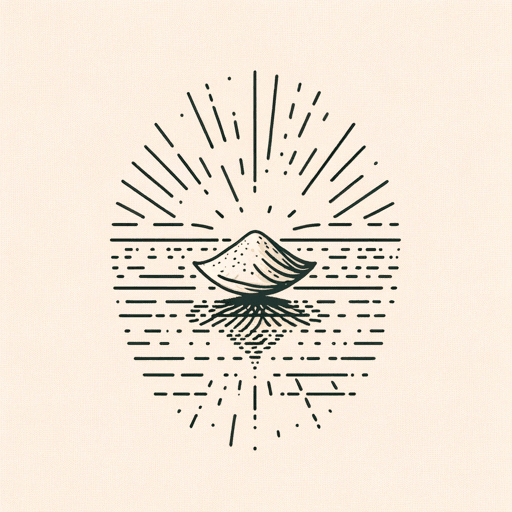
A Dream Within a Dream
Edgar Allan Poe

Annabel Lee
Edgar Allan Poe
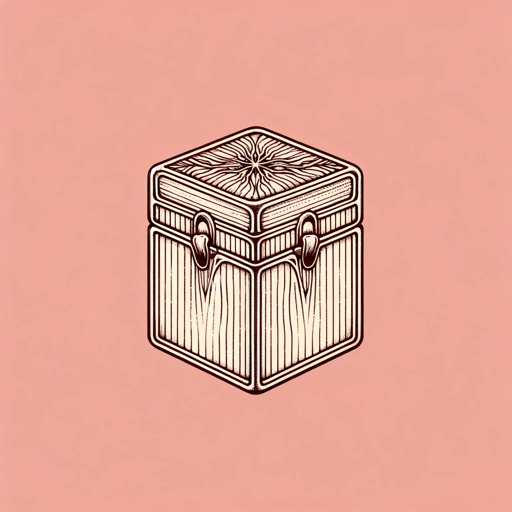
Berenice
Edgar Allan Poe
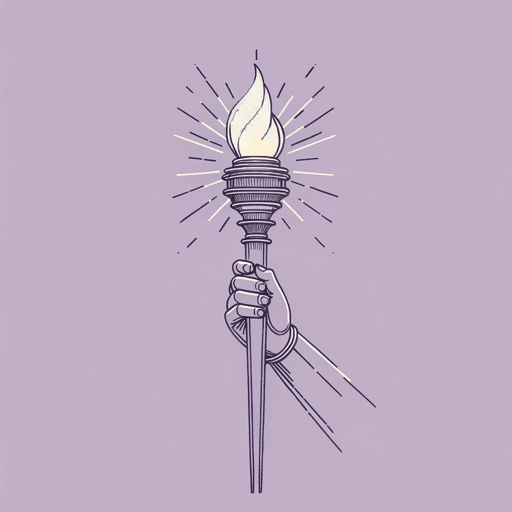
Hop-Frog
Edgar Allan Poe
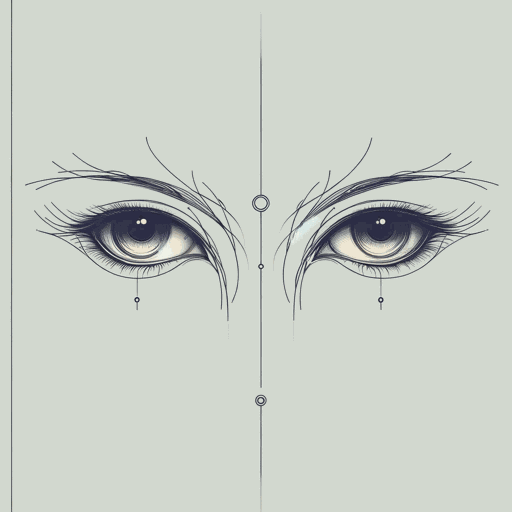
Ligeia
Edgar Allan Poe

Tamerlane
Edgar Allan Poe
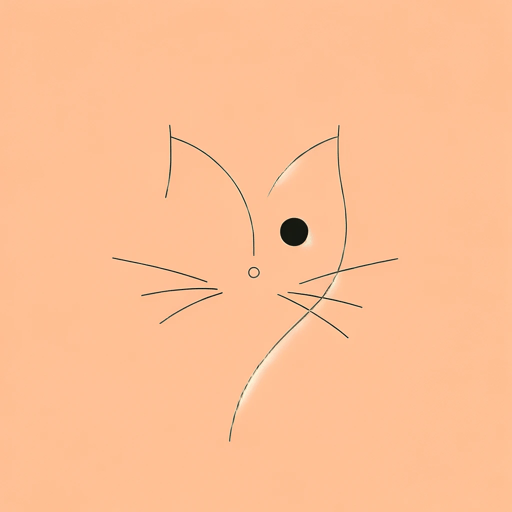
The Black Cat
Edgar Allan Poe
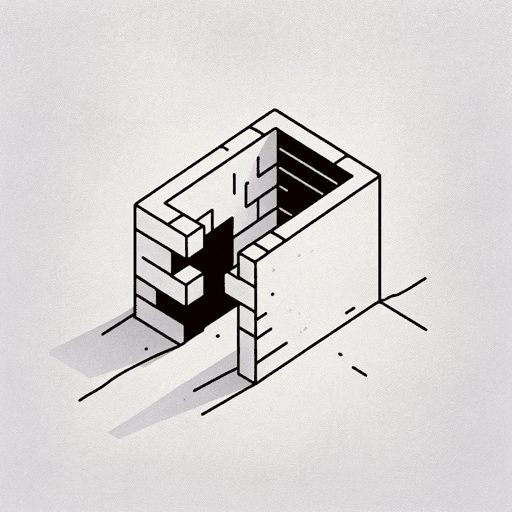
The Cask of Amontillado
Edgar Allan Poe
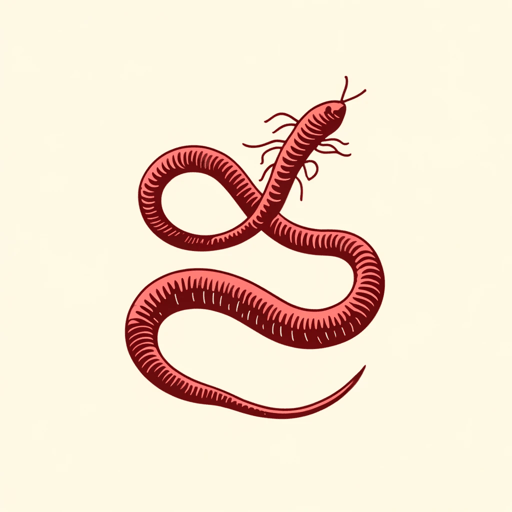
The Conqueror Worm
Edgar Allan Poe
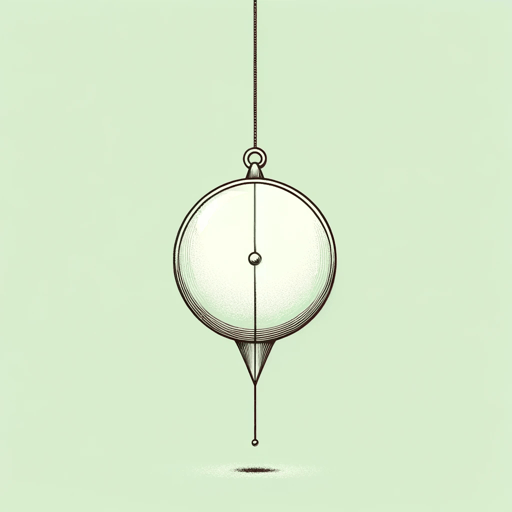
The Facts in the Case of M. Valdemar
Edgar Allan Poe

The Fall of the House of Usher
Edgar Allan Poe

The Gold Bug
Edgar Allan Poe

The Haunted Palace
Edgar Allan Poe

The Imp of the Perverse
Edgar Allan Poe

The Lake
Edgar Allan Poe
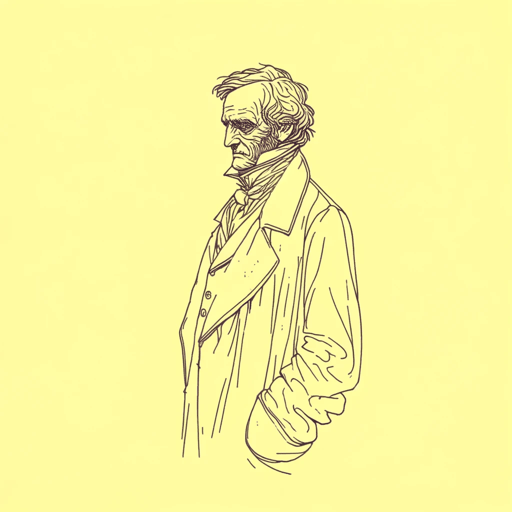
The Man of the Crowd
Edgar Allan Poe

The Masque of the Red Death
Edgar Allan Poe

The Murders in the Rue Morgue
Edgar Allan Poe
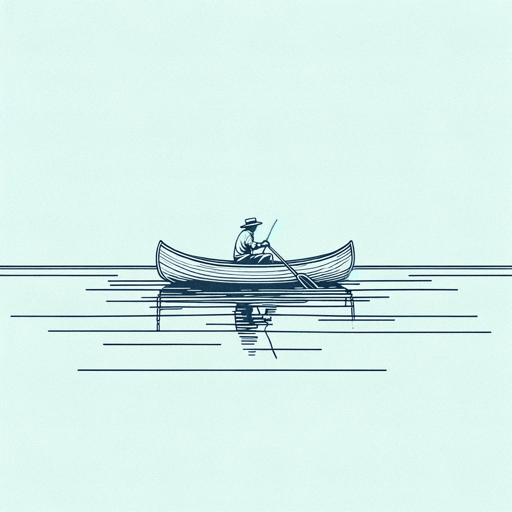
The Narrative of Arthur Gordon Pym of Nantucket
Edgar Allan Poe

The Oval Portrait
Edgar Allan Poe

